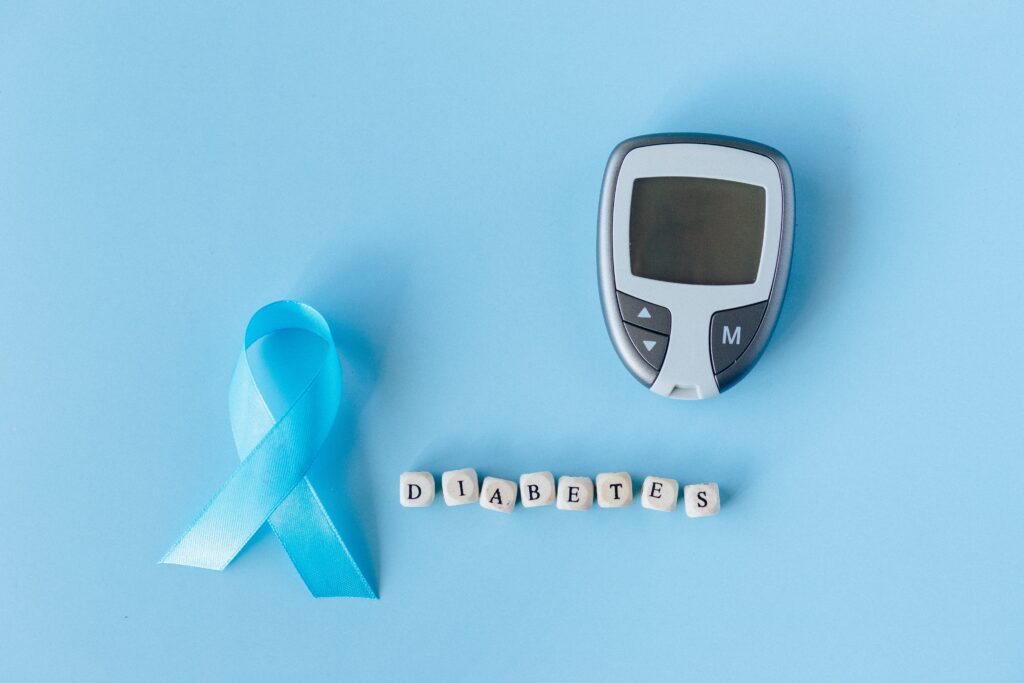
Diabetes is a chronic medical condition that affects millions of people around the world. It occurs when the body cannot properly process glucose, which is a type of sugar that is used as the primary source of energy. There are two main types of diabetes, which are known as type 1 and type 2. In this blog post, we will discuss what diabetes is, its symptoms, causes, and how it can be treated.
What is Diabetes?
Diabetes is a chronic medical condition that affects how the body processes glucose. Glucose is a type of sugar that is found in food and is used by the body as a primary source of energy. The pancreas produces a hormone called insulin, which helps the body process glucose and move it into cells where it can be used for energy.
Type 1 diabetes is an autoimmune condition in which the immune system attacks and destroys the cells in the pancreas that produce insulin. As a result, the body cannot produce enough insulin, and glucose builds up in the bloodstream.
Type 2 diabetes occurs when the body becomes resistant to insulin or when the pancreas cannot produce enough insulin to keep up with the body’s demand. This causes glucose to build up in the bloodstream, leading to high blood sugar levels.
Symptoms of Diabetes
The symptoms of diabetes can vary depending on the type and severity of the condition. However, some of the most common symptoms of diabetes include:
- Frequent urination
- Excessive thirst
- Hunger
- Fatigue
- Blurry vision
- Slow-healing wounds
- Numbness or tingling in the hands or feet
- Unexplained weight loss
- Causes of Diabetes
The exact causes of diabetes are not known, but several risk factors have been identified. These risk factors include:
- Genetics: Diabetes can be inherited from family members who have the condition.
- Obesity: Being overweight or obese increases the risk of developing type 2 diabetes.
- Sedentary lifestyle: Lack of physical activity can increase the risk of developing type 2 diabetes.
- Age: The risk of developing type 2 diabetes increases as a person gets older.
- Ethnicity: Certain ethnic groups, such as African Americans, Hispanics, and Native Americans, have a higher risk of developing type 2 diabetes.
Treatment of Diabetes
The treatment of diabetes depends on the type and severity of the condition. For type 1 diabetes, insulin injections are required to manage blood sugar levels. For type 2 diabetes, lifestyle changes such as a healthy diet, regular exercise, and weight loss can help manage blood sugar levels. Medications such as oral antidiabetic drugs and insulin injections may also be prescribed to help manage blood sugar levels.
In addition to medication and lifestyle changes, it is important for people with diabetes to monitor their blood sugar levels regularly. This can help identify any changes in blood sugar levels and adjust treatment as needed. Regular check-ups with a healthcare provider are also important for managing diabetes and preventing complications.
Conclusion
Diabetes is a chronic medical condition that affects how the body processes glucose. It can cause a range of symptoms, including frequent urination, excessive thirst, and fatigue. While the exact causes of diabetes are not known, several risk factors have been identified, including genetics, obesity, and a sedentary lifestyle. Treatment for diabetes depends on the type and severity of the condition, but may include lifestyle changes, medication, and regular monitoring of blood sugar levels. With proper management and care, people with diabetes can lead healthy and fulfilling lives.
